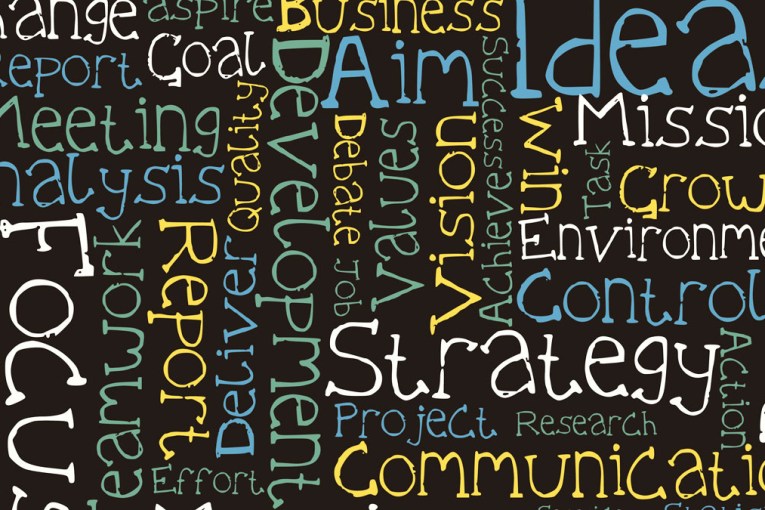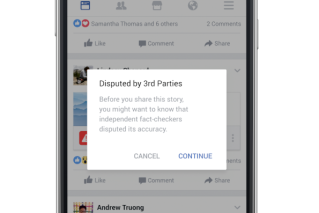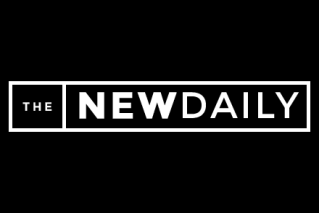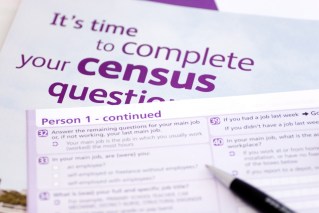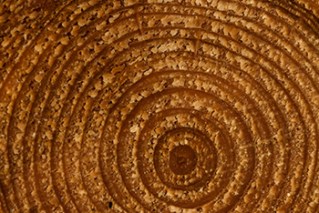The dream of home ownership is fading for many Australians, according to a report released on Wednesday by realestateview.com.au.
The Housing Sentiment Report, which surveyed over 1,200 users of the website from various states, found that renters are being priced out of the housing market.
Over a third of renters have been renting for five years or more, half can’t afford a home deposit, over 30 per cent can’t afford mortgage payments, and 28 per cent can’t afford to buy where they want to live, according to the survey.
A further 25 per cent think the market is overpriced, 22 per cent believe it is cheaper to rent, and 18 per cent have difficultly obtaining home finance.
General manager of realestatewiew.com.au Petra Sprekos says that while the survey sample isn’t representative of all Australians, the responses provide valuable insight into what is preventing renters from realising the Australian dream.
“A lot of people are scared to get into the market,” Ms Sprekos says. “They’re scared they won’t be able to repay their mortgages.”
“A clear trend is emerging – housing affordability pressures are breeding a nation of renters,” she says.
The survey results are backed up by research conducted last year by Mortgage Choice, which found that 67 per cent of people who don’t have a mortgage do want to eventually get a foothold on the property ladder, with almost half being held back by rising property prices.
National spokesperson for Mortgage Choice Jessica Darnbrough says that for most renters “the aim is to buy,” but that it’s taking them longer and longer to get into a safe enough financial position to afford it.
“At the end of the day, the great Australian dream is owning a property,” says Ms Darnbrough. “People still want to do that.”
A Senate inquiry is currently investigating the issue of housing affordability, and is expected to report on 26 June.
In his personal submission to the inquiry, senior economist Saul Eslake made damning comments about the state of Australian housing. In it, Mr Eslake wrote that Australia is facing its worst housing affordability problem since the end of World War II.
Rental stress on the rise
Spokesperson for Australians for Affordable Housing Jacqui Phillips says the survey results from realestateview.com.au are consistent with the national trend, which she describes as “a housing supply crisis”.
Rental stress, defined as the percentage of low income earners spending over 30 per cent of their income on housing costs, has skyrocketed to 60 per cent, according to Ms Phillips.
The ratio of income to price has also exploded in the last 20 years, from one-to-four to a ratio of one-to-seven, Ms Phillips says.
“House price inflation has well exceeded income inflation over the last few decades,” she says.
The full extent of the problem
In its last report in 2012 before being defunded by the Abbott Government, the National Housing Supply Council found there was a housing undersupply of around 228,000 houses. The most acute shortage at the time was in New South Wales (89,000 dwellings), followed by Queensland (83,000).
Those who miss out on affordable housing are being forced into pricier rentals, overcrowded conditions, bunking with relatives, couch surfing with mates and even homelessness, says Jacqui Phillips from Australians for Affordable Housing.
“In many cases, they’re spending upwards of 50 per cent on their income on housing costs, which then means they’re having to go without a whole lot of other things,” she says.
According to the 2011 Census, the number of homeless people in Australia was just over 105,000.
No public housing safety net
Executive Officer of Community Housing Federation of Victoria Lesley Dredge says that public housing is unable to catch everyone falling through the housing cracks due to inadequate funding and tightened eligibility criteria.
“For example, in Victoria we’ve got around 34,000 on the public housing waiting list, and most of those people won’t ever get in, or if they do it’ll be a 10 or 12 year wait,” Ms Dredge says.
We’ve got around 34,000 on the public housing waiting list
“A lot of our members will tell you that they have people coming to their doors everyday and they can’t house them,” she says. “These are people that are living in cars or just can’t afford their rent anymore and are looking for other options.”
The poor are being muscled out of the market
Lesley Dredge says that many low-income families Australia-wide are being pushed out to the cheaper outer suburbs, where they often have less access to vital services, travel longer distances to work, and suffer social isolation.
“Some of the more affordable housing that might have been traditionally accessed by those people who are on pensions and benefits is now being taken by people who are on higher incomes because they’re trying to save for a house deposit,” says Ms Dredge, which is only exacerbating the problem for those at the lower end of the market.
What can be done?
1. Keep the NRAS, but rework it
The National Rental Affordability Scheme (NRAS) was introduced in 2008 to provide financial incentives for investors to rent out homes at below-market rates.
Australians for Affordable Housing’s Jacqui Phillips says there is “no question” that the scheme needs to be reworked to encourage more private investment in the housing sector.
2. Get rid of negative gearing
Ms Phillips says up to $4 billion of government revenue is lost each year to negative gearing – money that could instead be invested in building new homes.
“The current housing tax settings are geared to provide incentives for speculative investment in existing dwellings, often at the unaffordable end of the market,” Ms Phillips says.
3. Boost rent assistance
These Commonwealth payments are “increasingly inadequate” says Ms Phillips because they are indexed according to the Consumer Price Index (CPI) instead of house prices.
“We know that rents have increased much more rapidly than the Consumer Price Index (CPI) and so therefore the Commonwealth Rent Assistance Supplement is falling behind and failing to meet the pressure of rental costs that low income households face,” she says.
